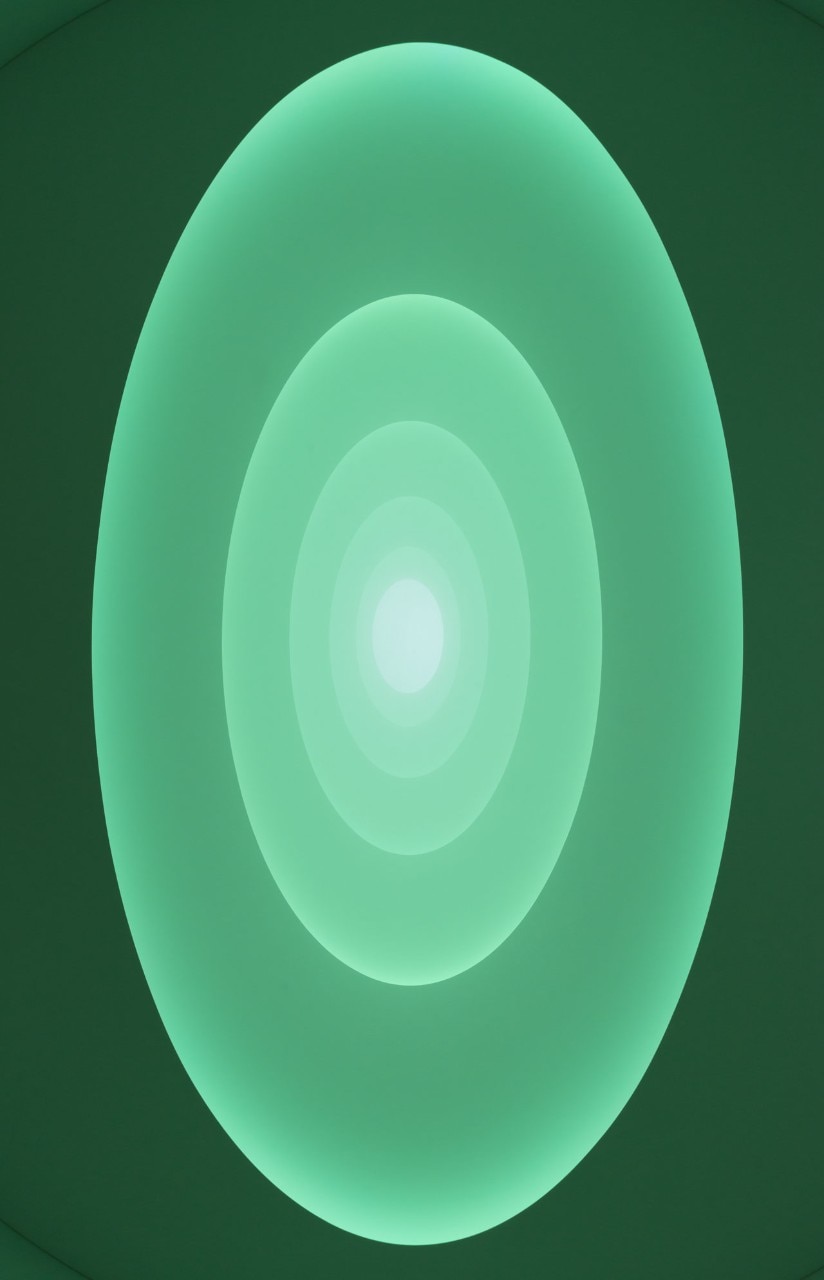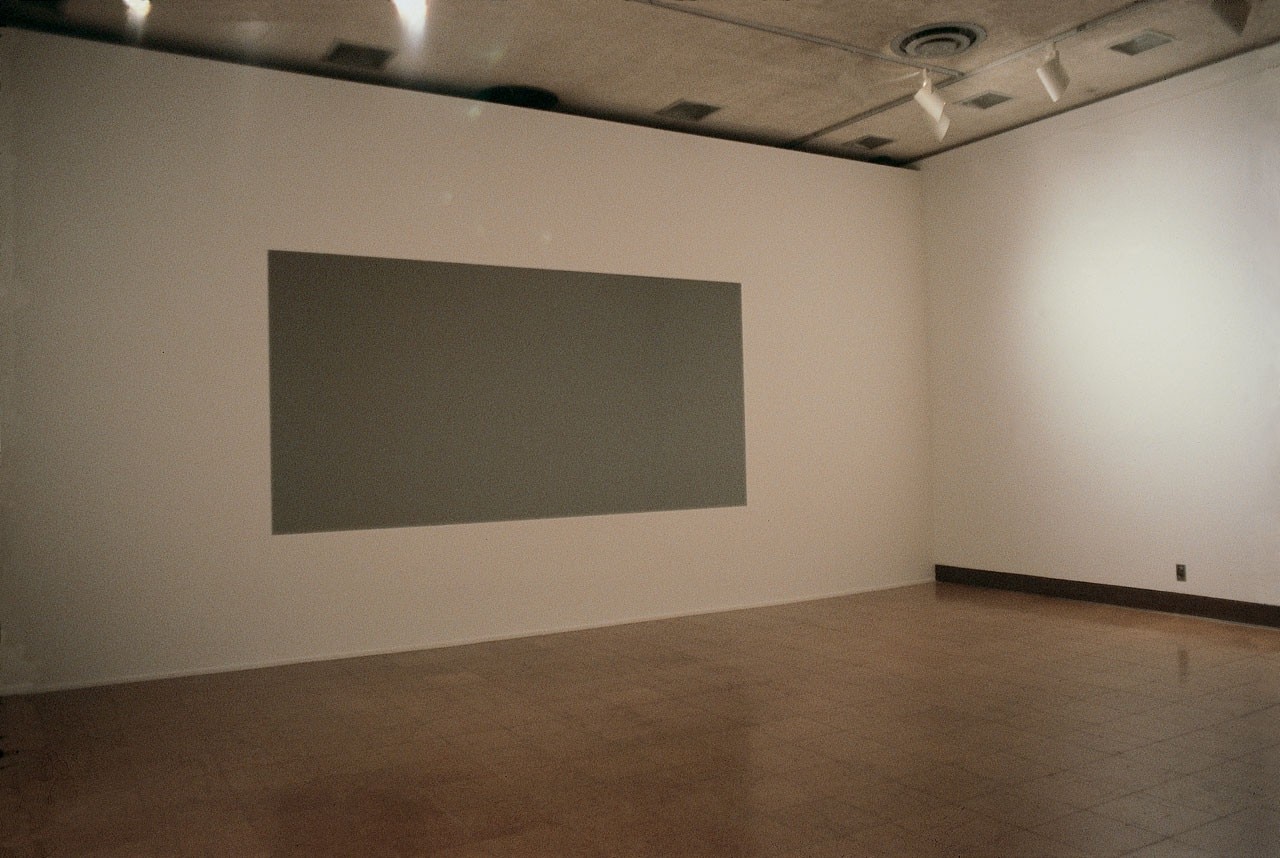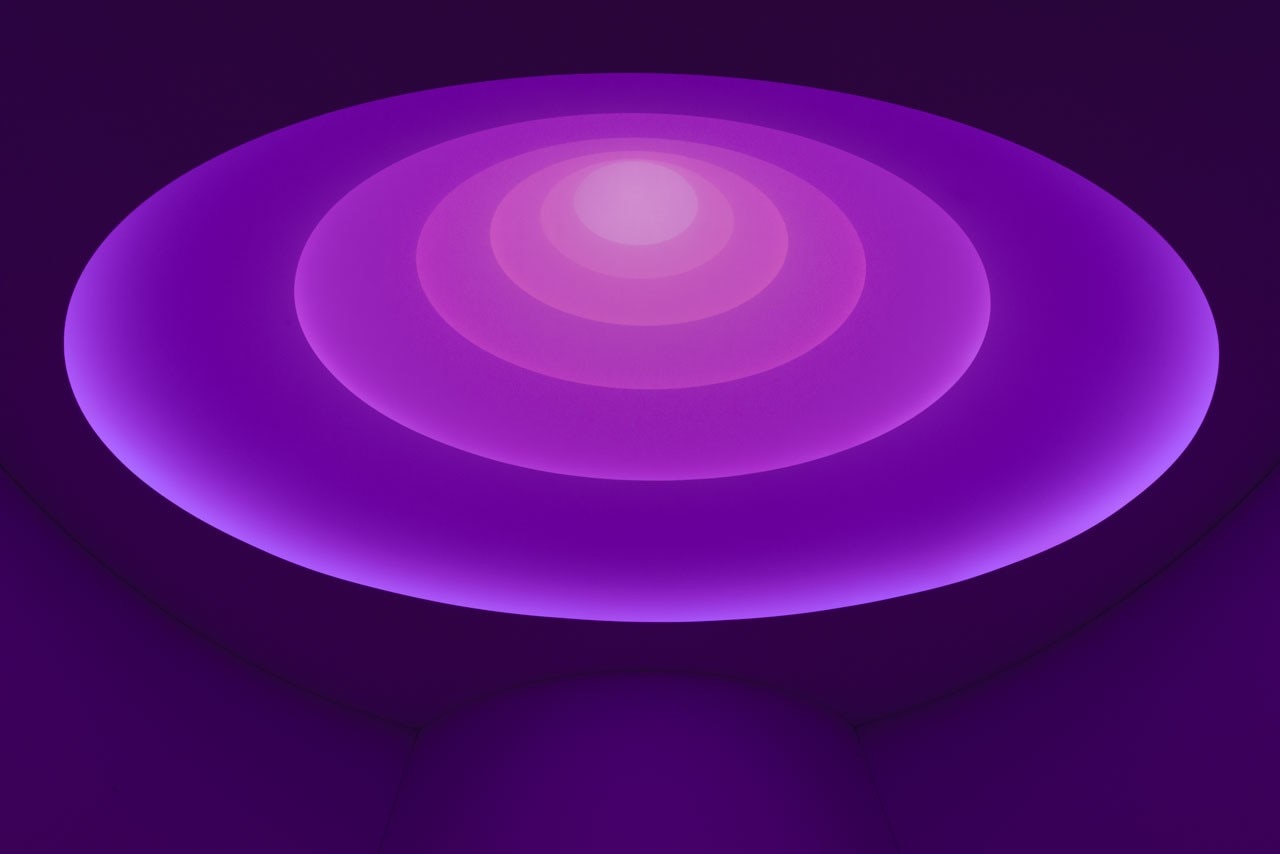
“People sometimes ask me what is my favourite colour”, says Turrell at the show’s opening, which coincides, not accidentally, with summer solstice, the day with the most light of the year. “Well, they are all out there. You need them all, and they all make white.”
Frank Lloyd Wright’s Guggenheim building is characterised by white and by curve, a space-age funnel that stands apart from the straight rectangles and bricks of its Upper East Side surroundings. Now, Turrell clouds its interior in colours of the entire spectrum, so that visitors enter a prismatic environment within Wright’s pearly shell. This exhibition forms a trio, along with major shows at LACMA and the Museum of Fine Arts, Houston, as America canonises this leading artist of the Light and Space Movement, which originated in California in the 1960s.
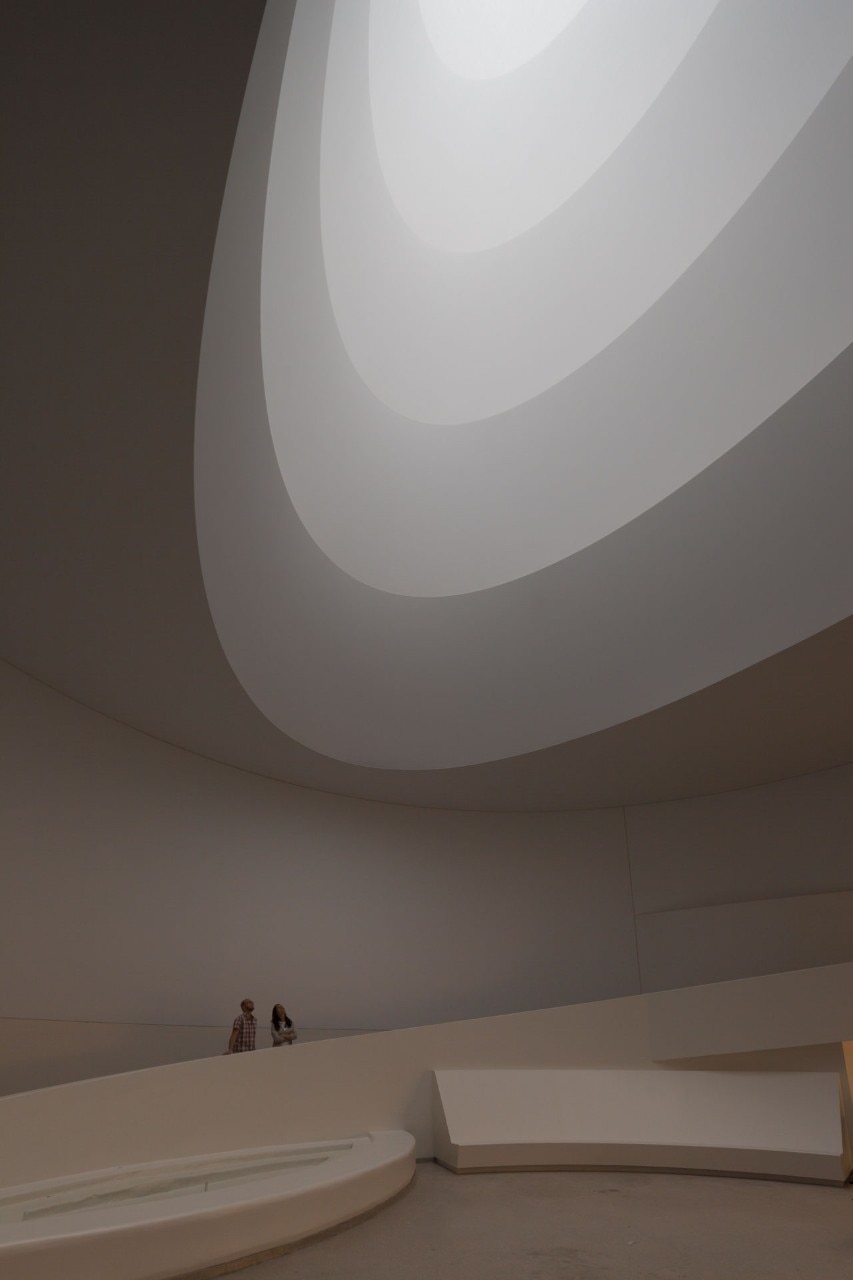
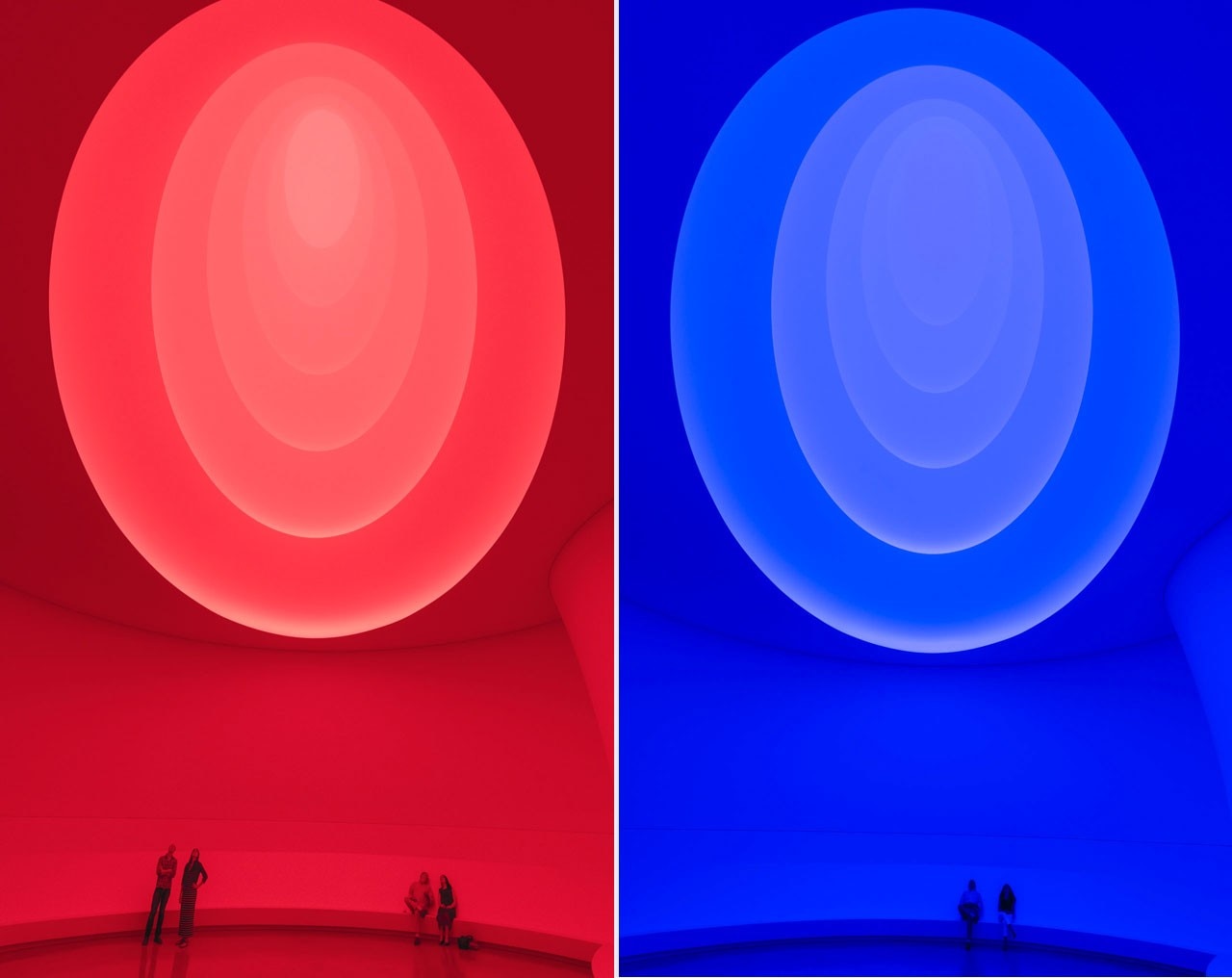
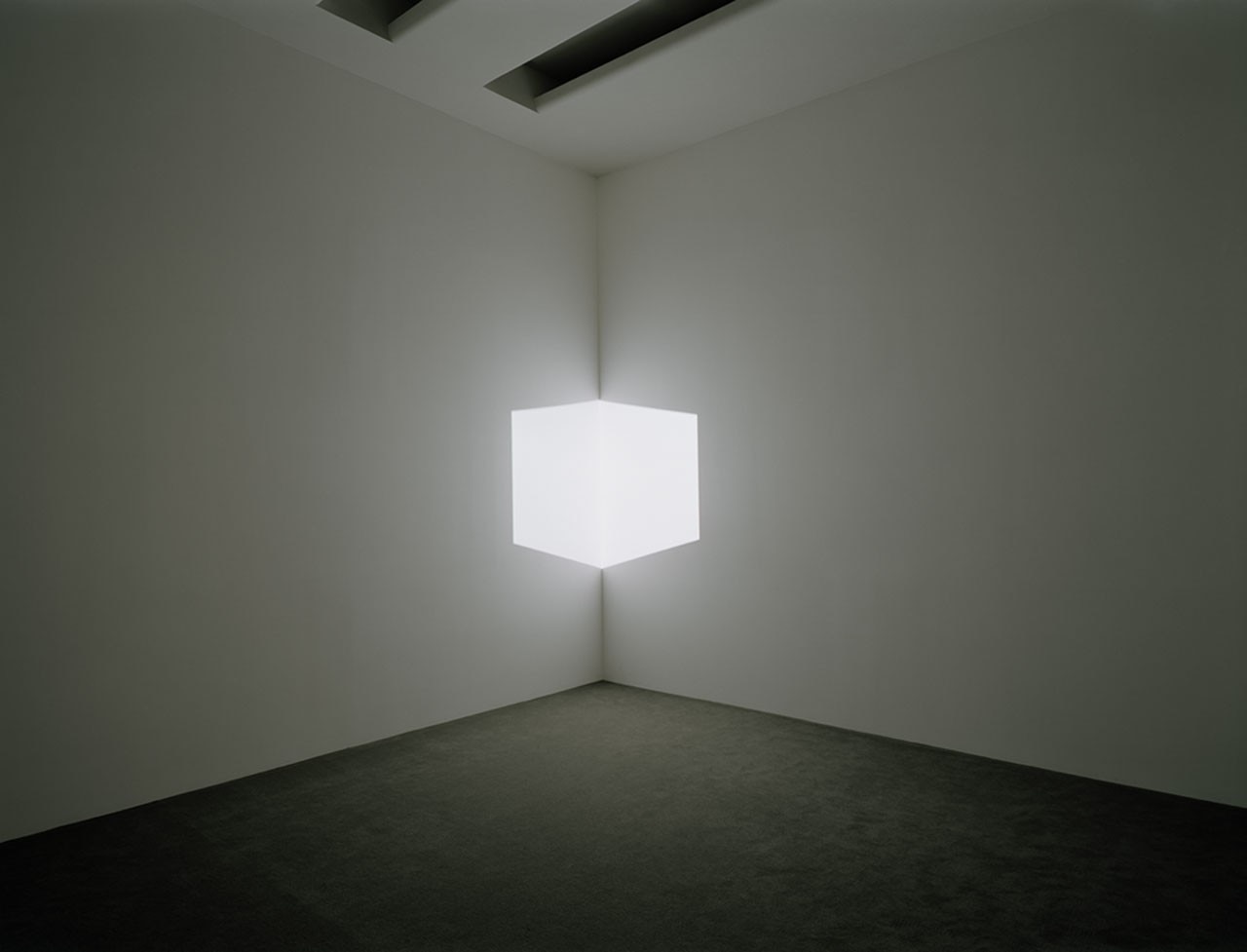
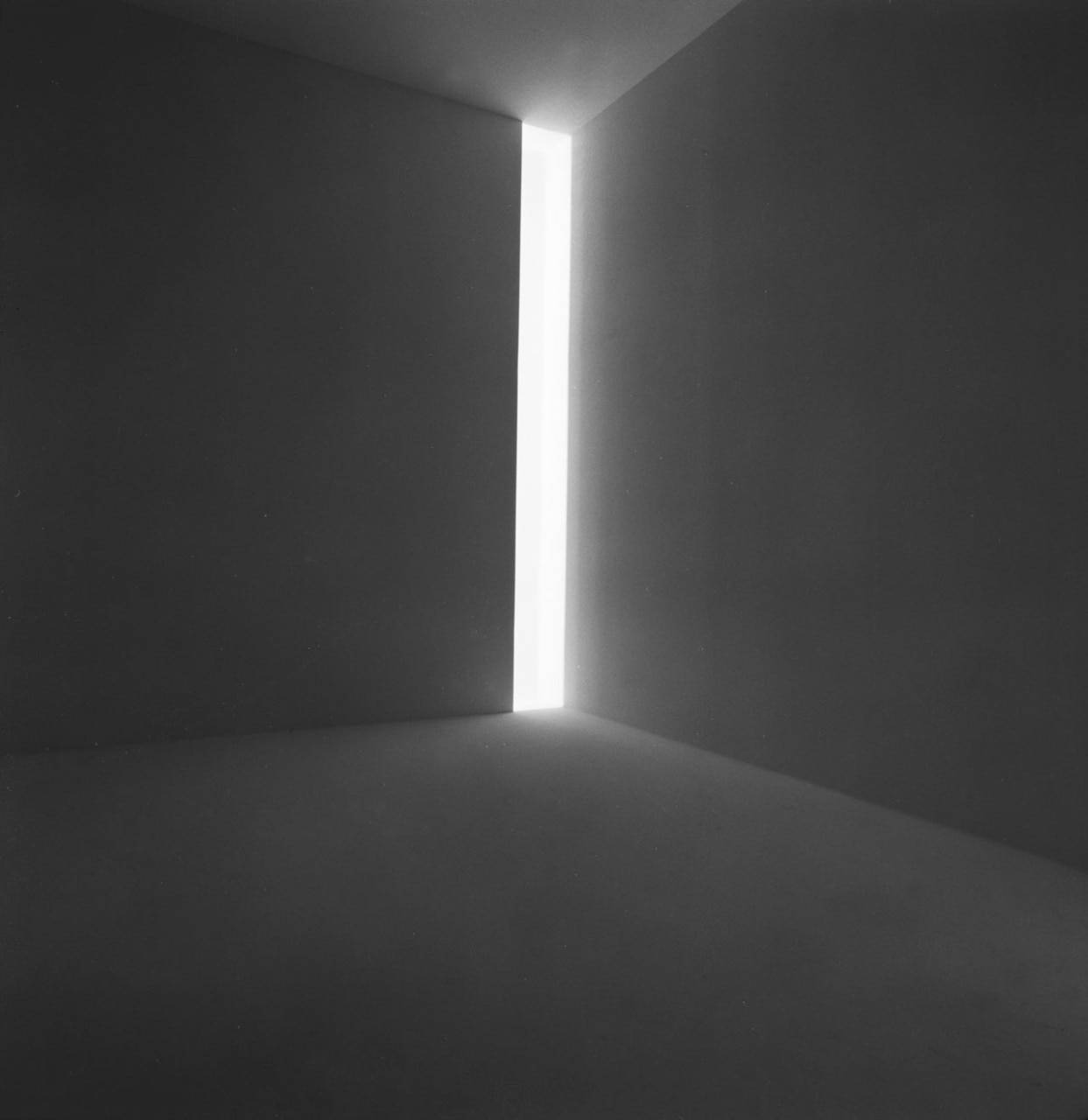
Such haptic blurring is less pronounced here than in other of Turrell’s works, such as the handful of earlier pieces displayed on the higher levels of the museum. While the perspective of the rotunda is altered by the blissed-out envelope of Aten Reign, the Guggenheim’s winding ramps now enclosed and radically cleared of all other works, the installation’s play on the height of the space may have conjured greater effect. As we gaze up from reclining benches around the atrium floor, the gradation of colour creates slow shifts in perception between flat circles and a deep cone. But the visible presence of a fine fabric gauze, stretched to support the installation’s technics, poses an interruption of our view above. Turrell’s aim for a “suspension of limits” is not quite reached in this sense.
If not as perceptually trippy as some of Turrell’s previous work, Aten Reign pushes the possible psychological effects of colour, where yellow is uplifting, blue restful, and red exciting, as Goethe once romantically intuited. The most likely state of mind here is akin to when soaking up sun or spotting a shooting star – an inner warmth, or brief endorphin-filled wonder. The many orange-pinks of the installation’s colour-roll recall the sublime sunsets that so entranced Faust (translated by Goethe): “And now that solar goddess falls from sight; But a new urge impels the mind: I’m off to drink her everlasting light, With day before me and the night behind”. Again, it is the phases of transition as the sun rises or falls that are the most vital, just as the moment of entrance into Aten Reign may form the most memorable transformation for the visitor.
